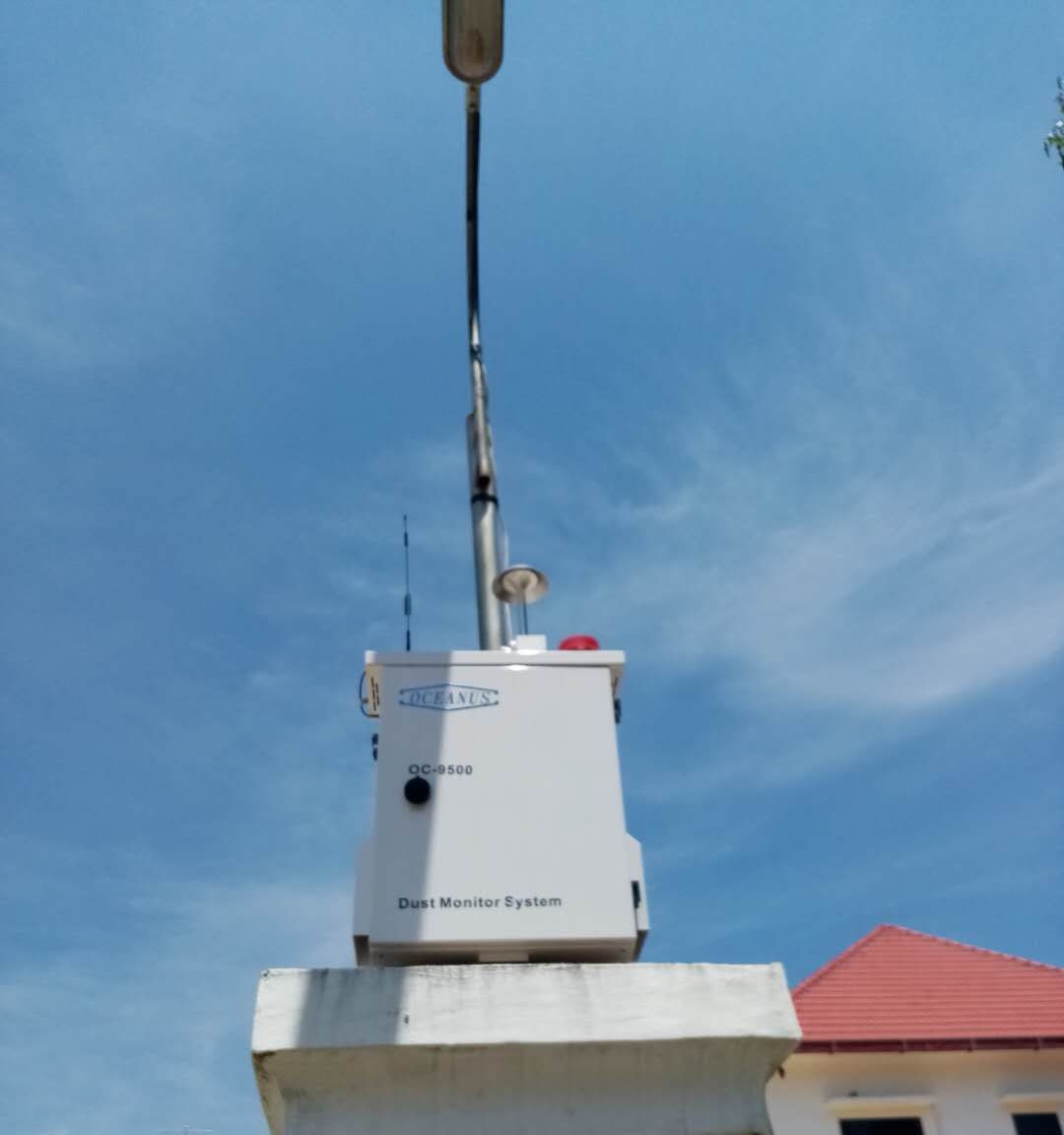Air pollution and health: Summary
2019-8-5 View:
From smog hanging over cities to smoke inside the home, air pollution poses a major threat to health and climate. The combined effects of ambient (outdoor) and household air pollution cause about 7 million premature deaths every year, largely as a result of increased mortality from stroke, heart disease, chronic obstructive pulmonary disease, lung cancer and acute respiratory infections. More than 80% of people living in urban areas that monitor air pollution are exposed to air quality levels that exceed the WHO guideline level of 10µg/m3, with low- and middle-income countries suffering from the highest exposures.
The major outdoor pollution sources include vehicles, power generation, building heating systems, agriculture/waste incineration and industry. In addition, more than 3 billion people worldwide rely on polluting technologies and fuels (including biomass, coal and kerosene) for household cooking, heating and lighting, releasing smoke into the home and leaching pollutants outdoors.
Air quality is closely linked to earth’s climate and ecosystems globally. Many of the drivers of air pollution (i.e. combustion of fossil fuels) are also sources of high CO2 emissions. Some air pollutants such as ozone and black carbon are short-lived climate pollutants that greatly contribute to climate change and affect agricultural productivity. Policies to reduce air pollution, therefore, offer a “win-win” strategy for both climate and health, lowering the burden of disease attributable to air pollution, as well as contributing to the near- and long-term mitigation of climate change.
Air pollution can be significantly reduced by expanding access to clean household fuels and technologies, as well as prioritizing: rapid urban transit, walking and cycling networks; energy-efficient buildings and urban design; improved waste management; and electricity production from renewable power sources.
WHO's work is guided by a 2015 World Health Assembly resolution followed by a 4-year Road Map for Enhanced Global Action, which was approved by the WHA in 2016. These call upon WHO to display leadership in advocating for actions to reduce the health impacts of air pollution exposures and to enhance the health sector’s capacity to act at local, national, regional and global levels, guiding interventions and policy change.
WHO has convened a Global Platform on Air Pollution and Health with experts across academia and government, to improve methods of global, regional and national monitoring and surveillance of air pollution exposures, ensuring open-access to air quality data. WHO is leading an Urban Health Initiative (UHI), in collaboration with other UN and civil society actors, to catalyze effective urban action on air pollution by linking decision-makers across health, environmental and planning sectors. In terms of the Sustainable Development Goals, WHO is responsible for monitoring health-relevant indicators for: Air pollution-related mortality (SDG 3.9.1); Access to clean energy in homes (SDG 7.1.2); and Air quality in cities (SDG 11.6.2).
The major outdoor pollution sources include vehicles, power generation, building heating systems, agriculture/waste incineration and industry. In addition, more than 3 billion people worldwide rely on polluting technologies and fuels (including biomass, coal and kerosene) for household cooking, heating and lighting, releasing smoke into the home and leaching pollutants outdoors.
Air quality is closely linked to earth’s climate and ecosystems globally. Many of the drivers of air pollution (i.e. combustion of fossil fuels) are also sources of high CO2 emissions. Some air pollutants such as ozone and black carbon are short-lived climate pollutants that greatly contribute to climate change and affect agricultural productivity. Policies to reduce air pollution, therefore, offer a “win-win” strategy for both climate and health, lowering the burden of disease attributable to air pollution, as well as contributing to the near- and long-term mitigation of climate change.
Air pollution can be significantly reduced by expanding access to clean household fuels and technologies, as well as prioritizing: rapid urban transit, walking and cycling networks; energy-efficient buildings and urban design; improved waste management; and electricity production from renewable power sources.
WHO's work is guided by a 2015 World Health Assembly resolution followed by a 4-year Road Map for Enhanced Global Action, which was approved by the WHA in 2016. These call upon WHO to display leadership in advocating for actions to reduce the health impacts of air pollution exposures and to enhance the health sector’s capacity to act at local, national, regional and global levels, guiding interventions and policy change.
WHO has convened a Global Platform on Air Pollution and Health with experts across academia and government, to improve methods of global, regional and national monitoring and surveillance of air pollution exposures, ensuring open-access to air quality data. WHO is leading an Urban Health Initiative (UHI), in collaboration with other UN and civil society actors, to catalyze effective urban action on air pollution by linking decision-makers across health, environmental and planning sectors. In terms of the Sustainable Development Goals, WHO is responsible for monitoring health-relevant indicators for: Air pollution-related mortality (SDG 3.9.1); Access to clean energy in homes (SDG 7.1.2); and Air quality in cities (SDG 11.6.2).
In addition, the BreatheLife campaign (led by WHO, UN Environment and the Climate and Clean Air Coalition) is promoting awareness among the public, health care professionals and city governments about the linkages between air pollution, health and climate change and means of taking concrete actions.
If you need air quality monitor or other industrial instruments, pls contact us:
Email: info@china-oceanus.com; Tel: +86-371-60998169
- Pre:How much do you know about toxic gases? 2019/8/7
- Next:New portable gas detector with inner pump 2016/4/11





